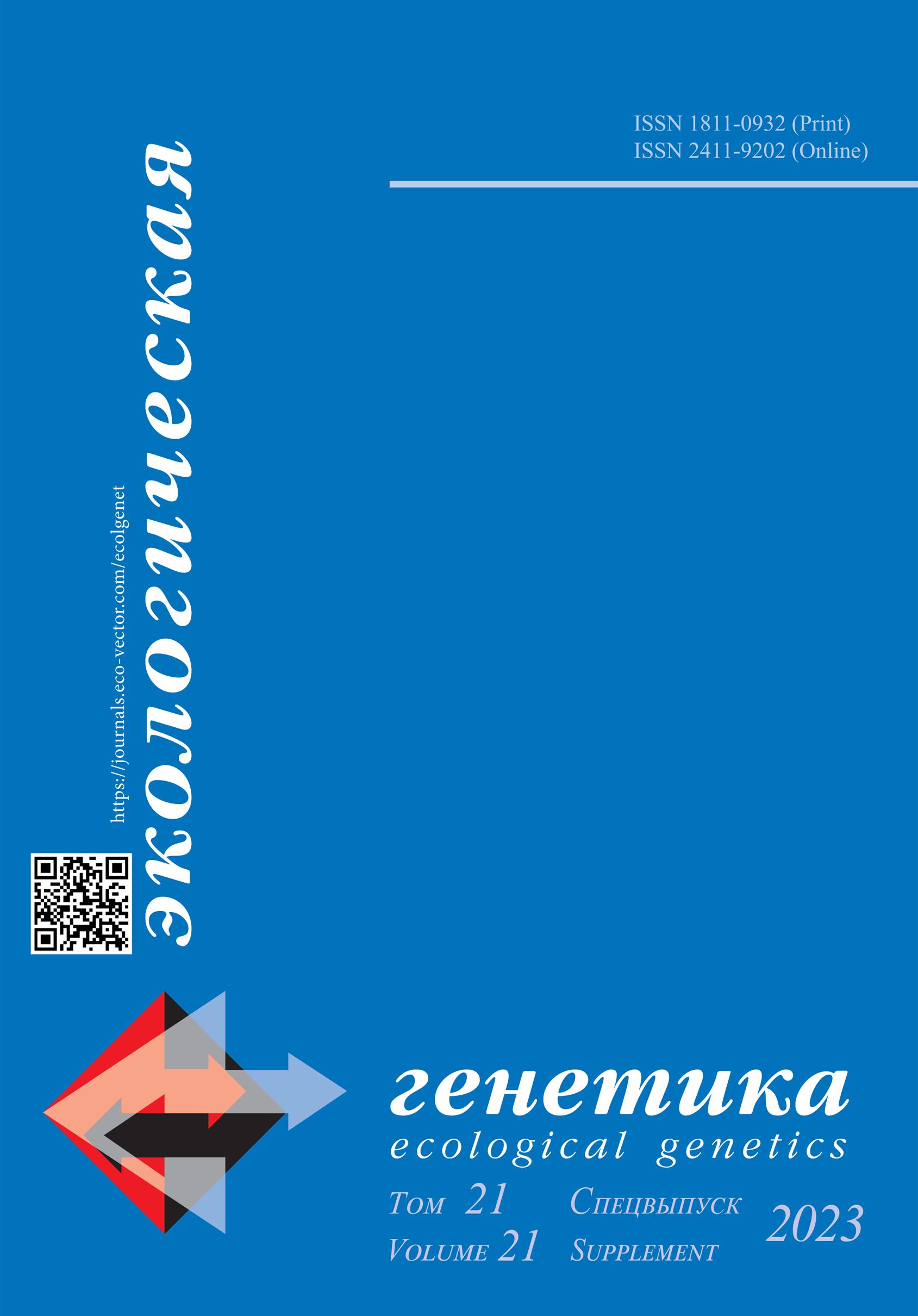Microalgae as production systems of bioactive compounds. Bioengineering approaches
- Авторы: Chekunova E.M.1, Virolainen P.A.1
-
Учреждения:
- Saint Petersburg State University
- Выпуск: Том 21 (2023): Спецвыпуск
- Страницы: 38-39
- Раздел: «ГМО: ИСТОРИЯ, ДОСТИЖЕНИЯ, СОЦИАЛЬНЫЕ И ЭКОЛОГИЧЕСКИЕ РИСКИ»
- Статья получена: 20.08.2023
- Статья одобрена: 31.08.2023
- Статья опубликована: 04.12.2023
- URL: https://journals.eco-vector.com/ecolgenet/article/view/568627
- DOI: https://doi.org/10.17816/ecogen568627
- ID: 568627
Цитировать
Полный текст
Аннотация
Microalgae contain a wide range of useful substances: antioxidants, lipids, proteins, carbohydrates and secondary metabolites which could be used in nutraceuticals and dietary supplements. Green microalgae Chlorella containing highest amount of chlorophylls of any known plant, 60% protein, 18 amino acids, 20 vitamins and minerals [1]. Microalgae are exceptionally rich source of pharmacologically active metabolites with antineoplastic, antitumor, antibacterial, antifungal and antiviral properties and, also capable of wastewater treatment, and biomass production.
The genetic information can improve the scenario of metabolic engineering in microalgae. Green algae C. reinhardtii, a reference organism for understanding the basic algal genetics and metabolism is usually used to work out various genetic strategies, including omics resources and mutant libraries, for the enhancement of beneficial properties of microalgae. The synergy of microalgal multi-omics datasets (genomic, transcriptomic and proteomic) offer a rapid and predictable strategic path for the strain improvement [2]. The algal nuclear or chloroplast engineering (transformation and CRISPR/CAS editing) has been carried out using synthetic biology approach for the production of recombinant proteins having therapeutic properties. More than 100 recombinant proteins have been expressed in microalgae, mainly in C. reinhardtii, including: the vaccines, antibodies, immunotoxins and therapeutic proteins (human erythropoietin, fibronectin, interferon B1, proinsulin, endothelial growth factor and others [3]. Thus, the wide taxonomic and biochemical diversity among the microalgae when using modern biotechnologies, makes them suitable resource of abundant biomolecules with industrial and biomedical importance.
Ключевые слова
Полный текст
Microalgae contain a wide range of useful substances: antioxidants, lipids, proteins, carbohydrates and secondary metabolites which could be used in nutraceuticals and dietary supplements. Green microalgae Chlorella containing highest amount of chlorophylls of any known plant, 60% protein, 18 amino acids, 20 vitamins and minerals [1]. Microalgae are exceptionally rich source of pharmacologically active metabolites with antineoplastic, antitumor, antibacterial, antifungal and antiviral properties and, also capable of wastewater treatment, and biomass production.
The genetic information can improve the scenario of metabolic engineering in microalgae. Green algae C. reinhardtii, a reference organism for understanding the basic algal genetics and metabolism is usually used to work out various genetic strategies, including omics resources and mutant libraries, for the enhancement of beneficial properties of microalgae. The synergy of microalgal multi-omics datasets (genomic, transcriptomic and proteomic) offer a rapid and predictable strategic path for the strain improvement [2]. The algal nuclear or chloroplast engineering (transformation and CRISPR/CAS editing) has been carried out using synthetic biology approach for the production of recombinant proteins having therapeutic properties. More than 100 recombinant proteins have been expressed in microalgae, mainly in C. reinhardtii, including: the vaccines, antibodies, immunotoxins and therapeutic proteins (human erythropoietin, fibronectin, interferon B1, proinsulin, endothelial growth factor and others [3]. Thus, the wide taxonomic and biochemical diversity among the microalgae when using modern biotechnologies, makes them suitable resource of abundant biomolecules with industrial and biomedical importance.
Об авторах
Elena Chekunova
Saint Petersburg State University
Email: elena_chekunova@mail.ru
ORCID iD: 0000-0001-8942-4771
dr. sci. (biol.), senior teacher
Россия, Saint PetersburgPavel Virolainen
Saint Petersburg State University
Автор, ответственный за переписку.
Email: s.pasha98@yandex.ru
ORCID iD: 0000-0001-5918-9395
phd student
Россия, Saint PetersburgСписок литературы
- Jayshree A, Jayashree S, Thangaraju N., et al. Chlorella vulgaris and Chlamydomonas reinhardtii: effective antioxidant, antibacterial and anticancer mediators. Indian J Pharm Sci. 2016:78:575–581. doi: 10.4172/pharmaceutical-sciences.1000155.
- Kumar G, Shekh A, Jakhu S, et al. Bioengineering of microalgae: recent advances, perspectives, and regulatory challenges for industrial application. Front. Bioeng. Biotechnol. 2020:8:914. doi: 10.3389/fbioe.2020.00914
- Arias CAD, et al. Production of recombinant biopharmaceuticals in Chlamydomonas reinhardtii. Int J Plant Biol. 2023;14(1):39–52. doi: 10.3390/ijpb14010004
Дополнительные файлы










